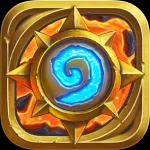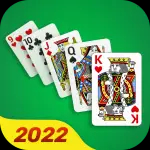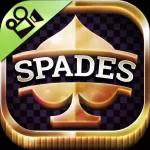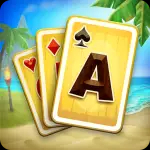ADVERTORIAL
Hand and Foot Canasta is a fascinating variation of the classic card game Canasta, which itself is a member of the Rummy family of games. Originating in the 1950s, Hand and Foot Canasta brings additional layers of strategy and complexity, making it a popular choice for those who enjoy card games with depth and variation. This guide explores the features, advantages, disadvantages, functions, and usage of Hand and Foot Canasta to provide a thorough understanding of the game.
Features of Hand and Foot Canasta
1.Hand and Foot Canasta is played with two standard decks of cards plus four jokers, totaling 108 cards. The game is typically played by four players in two partnerships, though variations exist for two or three players.
2.Setup: Each player is dealt two sets of cards. The first set is known as the "hand," and the second is the "foot." Players begin the game with their hand cards and only switch to their foot cards once their hand is played out.
3.Objective: The primary goal is to create melds, which are sets of cards of the same rank, with each meld needing at least three cards. The ultimate aim is to accumulate points by forming these melds and going out (declaring the end of the round) before your opponents.
4.Melds: Melds can be either pure or dirty. A pure meld consists of cards of the same rank without jokers or wild cards, while a dirty meld includes jokers or wild cards.
5.Canastas: A Canasta is a meld of at least seven cards of the same rank. There are pure Canastas (without wild cards) and dirty Canastas (including wild cards).
6.Wild Cards: Jokers and twos serve as wild cards in the game. They can substitute for any card to form a meld, making them highly valuable but also restricted by the rules governing their use.
7.The Draw Pile and Discard Pile: Players draw cards from the draw pile to build their hands and can discard cards to the discard pile. Players can also pick up the entire discard pile under certain conditions.
Pros:
1.Strategic Depth: The game requires players to balance their immediate needs with long-term strategy, making it mentally stimulating and engaging.
2.Team Play: Playing in teams adds a layer of cooperation and coordination, fostering teamwork and social interaction.
3.Variety: The use of two sets of cards and the need to switch between the hand and foot keeps the game dynamic and interesting.
4.Scoring: The points system rewards both short-term achievements (like melds) and long-term strategy (such as going out), catering to different styles of play.
Cons:
1.Complexity: The rules and strategies can be overwhelming for beginners. Mastery requires practice and a good understanding of the game’s nuances.
2.Length: Games can be lengthy, especially with four players. Each round involves considerable playtime, which may not be ideal for those seeking a quick game.
3.Dependence on Partners: In team play, the success of the game heavily relies on the coordination and skills of partners. Poor communication or mismatched strategies can hinder performance.
4.Card Management: The need to manage multiple hands and foot cards simultaneously adds a layer of complexity that might be challenging for some players.
Functions of Hand and Foot Canasta
1.Social Interaction: The game is designed to be played in groups, encouraging interaction, teamwork, and friendly competition.
2.Cognitive Challenge: Hand and Foot Canasta enhances cognitive abilities such as memory, strategic thinking, and planning.
3.Entertainment: As a card game with intricate rules and strategies, it provides hours of entertainment for players who enjoy tactical games.
How to Use It
To play Hand and Foot Canasta, follow these steps:
1.Setup: Shuffle the decks and deal 11 cards to each player for their hand. Place the remaining cards in the center to form the draw pile and flip one card to start the discard pile.
2.Playing the Game: Players take turns drawing a card from the draw pile or picking up the discard pile. They then aim to create melds and can place these melds on the table.
3.Switching to the Foot: Once a player has melded the minimum number of required cards and has played out their hand, they can switch to their foot cards. The foot cards are kept hidden until the hand is complete.
4.Going Out: A player can declare "going out" when they have successfully melded all cards in their hand and foot. This ends the round, and scores are calculated based on the melds and Canastas made.
5.Scoring: Points are awarded for each meld and Canasta, with different values assigned to various cards. Deduct points for any unmelded cards remaining in hand or foot.
Hand and Foot Canasta is a rich, engaging card game that blends strategic depth with social interaction. Its intricate rules and dynamic play make it a rewarding experience for those who enjoy a challenge. While it may present a steep learning curve and require a substantial time commitment, the game's complexity and team-oriented nature provide an enjoyable and stimulating way to spend time with friends and family.

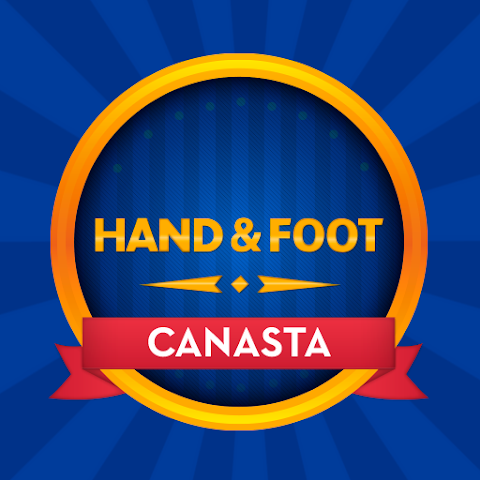


 0
0 